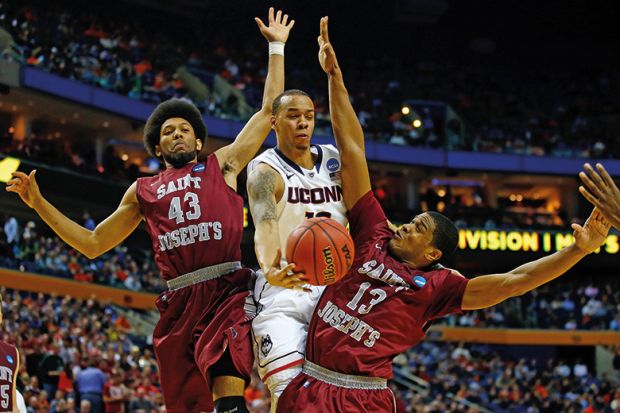Black male students disproportionately contribute to sports revenues at US universities, while white males disproportionately reap the academic benefits, a study has found.
The study found that white men account for 55 per cent of the 23,000 male athletes in the top five sports conferences run by the National Collegiate Athletic Association.
Black men account for only about a quarter of those athletes, according to the study by the Center for American Progress, a policy research and advocacy group. But most of those black athletes, the centre found, participated in the top-profile sports of football and basketball, which carry the highest demands on time and the greatest risks of injury.
White male students in those major conferences, it said, dominated lower-stakes sports such as golf, ice hockey, sailing and rowing.
“The majority of these white men are in these other sports programmes that don’t generate the revenue and are actually supported by the black men,” said an author of the study, Sara Garcia, a postsecondary education researcher at the Centre for American Progress.
Ms Garcia said that the wide racial discrepancy should fuel demands to end the NCAA ban on college students receiving salaries or any other payments related to their athletic skills.
The ban makes no sense, Ms Garcia said, given the number of other students on campus who are allowed – if not heavily encouraged – to apply their talents to outside jobs. “If you are recruited to play in the college band, you can give flute lessons based on your reputation,” she said. “These athletes can’t do those things.”
And while denied such job opportunities to cover their expenses, many black students in basketball and football were also under intense pressure to perform for their teams, leading them to neglect their studies, she said.
Meanwhile the ongoing college admission scandal, in which the FBI found parents bribing the coaches of low-profile sports to claim their children as scholarship athletes, provides a reminder that participants in such sports – often white and relatively wealthy – were generally free to concentrate on their studies, Ms Garcia said.




